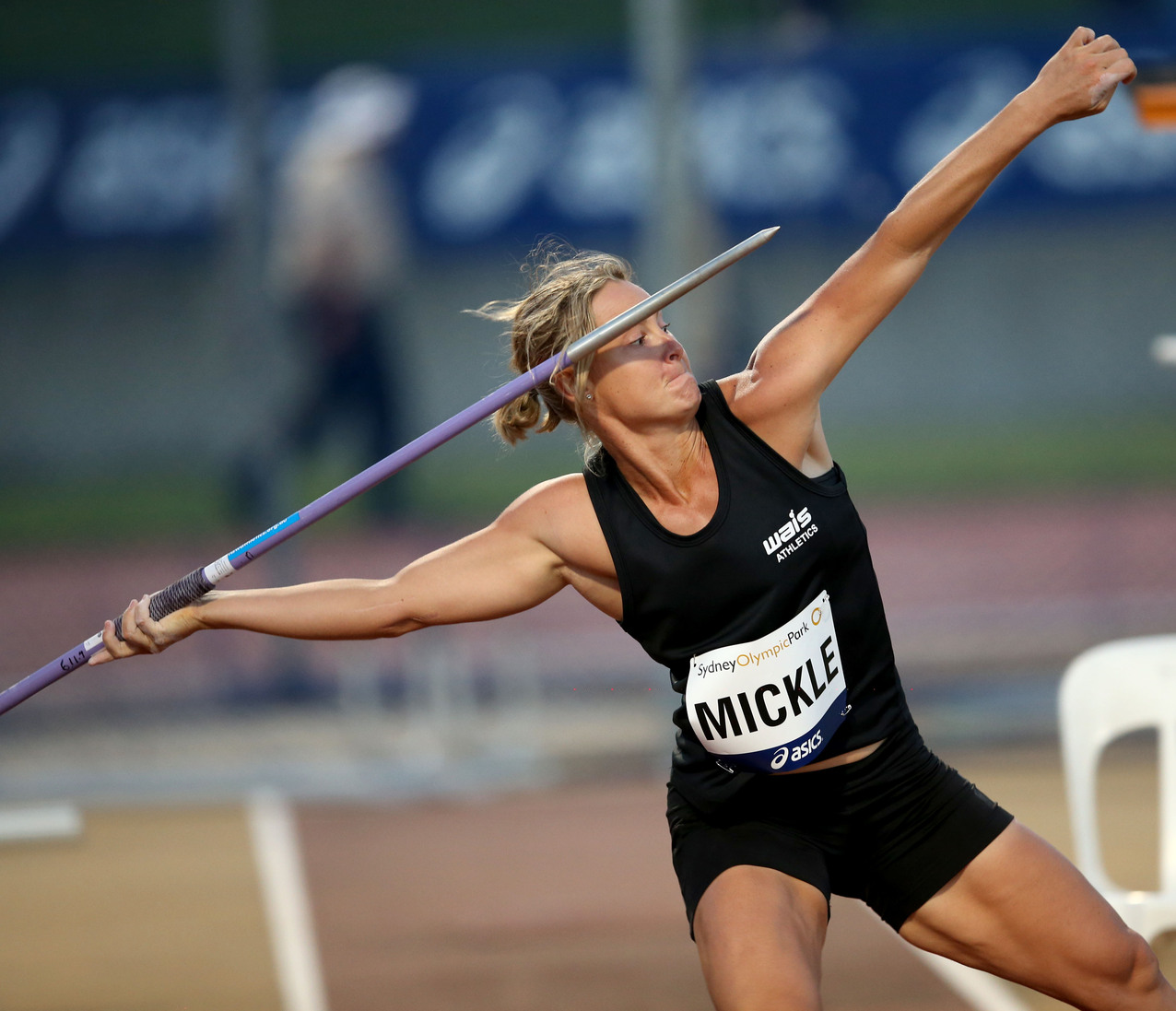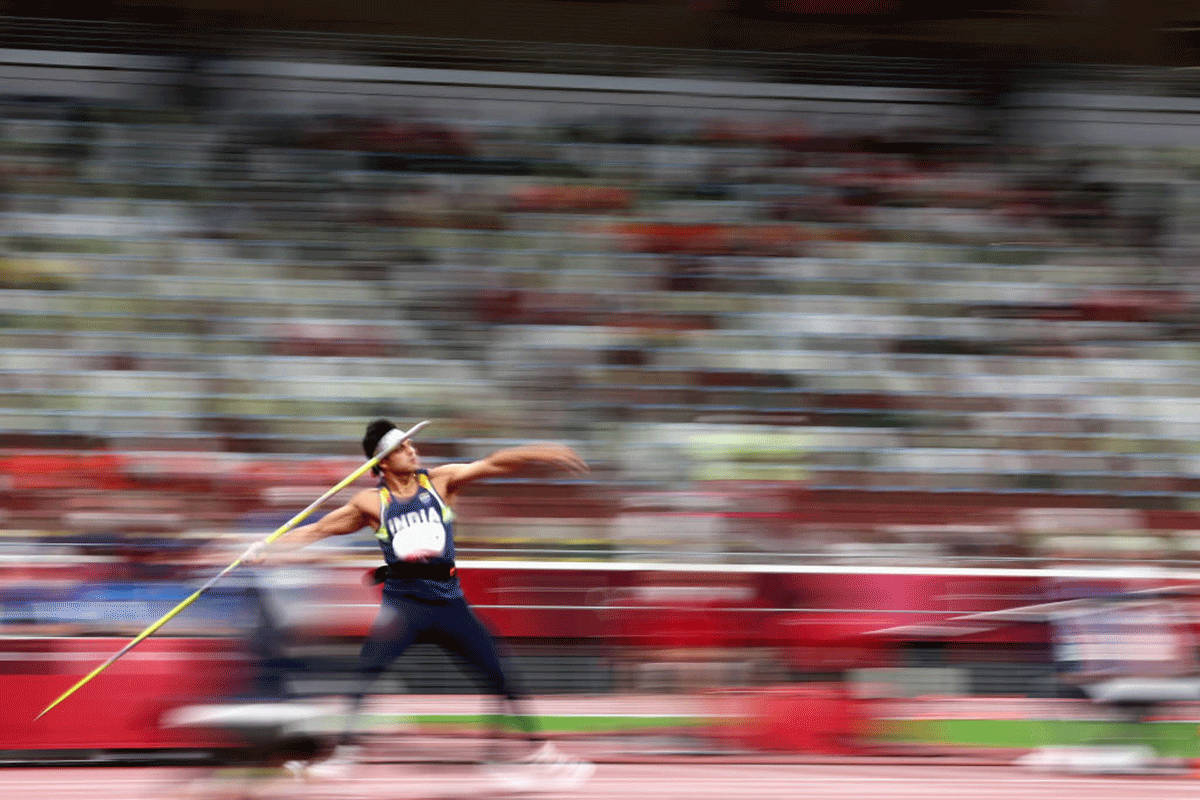History and Evolution of Men’s Javelin

The javelin throw, a sport that combines strength, technique, and precision, has a rich history spanning centuries. Its origins can be traced back to ancient times, where it was used for hunting and warfare. Over the years, it has evolved from a practical tool to a highly competitive athletic discipline.
Ancient Origins and Early Development, Men’s javelin
The javelin throw has been practiced since ancient times, with evidence suggesting its use in hunting and warfare dating back to prehistoric periods. In ancient Greece, javelin throwing was a popular sport, and it was included in the Panathenaic Games, a major festival held in honor of the goddess Athena. The ancient Romans also practiced javelin throwing, using it as a military training exercise. During the Middle Ages, javelin throwing continued to be a popular pastime, particularly in rural areas.
Modernization and Rule Changes
The modern javelin throw as we know it today emerged in the late 19th century. The sport was included in the first modern Olympic Games in 1896, but the rules and techniques were still in their infancy. Early javelins were made of wood and were often heavy and difficult to throw.
- In the early 20th century, the javelin underwent significant changes, with the introduction of metal javelins and the development of more sophisticated throwing techniques. These changes led to a dramatic increase in throwing distances.
- In 1986, a major rule change was implemented to address concerns about safety. The center of gravity of the javelin was shifted forward, resulting in shorter throws but reducing the risk of injury to spectators.
Technological Advancements
Technological advancements have played a significant role in the evolution of the javelin throw. The introduction of new materials, such as aluminum and fiberglass, has led to lighter and more aerodynamic javelins, allowing athletes to throw farther.
- The development of specialized javelin shoes has also improved athletes’ performance, providing better grip and support.
- Advances in biomechanics and training techniques have helped athletes to optimize their throwing motion, resulting in greater accuracy and distance.
Legendary Javelin Throwers
Throughout its history, the javelin throw has produced many legendary athletes who have broken records and inspired generations of throwers.
- Finnur Hjalmarsson, a Finnish javelin thrower, was a dominant force in the early 20th century, setting multiple world records. He was known for his powerful throwing style and his exceptional accuracy.
- Steve Backley, a British javelin thrower, holds the current world record for the longest throw with a traditional javelin. He dominated the sport in the 1990s, winning multiple world championships and Olympic medals.
- Jan Železný, a Czech javelin thrower, is widely considered to be the greatest javelin thrower of all time. He won three Olympic gold medals and holds the current world record for the longest throw with the modern javelin.
Techniques and Mechanics of Javelin Throwing: Men’s Javelin

Javelin throwing is a technical event that demands precision, power, and coordination. Achieving a successful throw involves a complex interplay of various factors, including proper grip, a controlled run-up, a powerful delivery, and a smooth follow-through. Understanding the mechanics and techniques involved is crucial for maximizing throw distance and achieving consistent results.
Grip and Hold
The grip is the foundation of a successful javelin throw. It determines the angle of release and influences the trajectory of the javelin. The standard grip involves holding the javelin with the index and middle fingers around the javelin shaft, while the thumb supports the javelin from below. The grip should be firm but not overly tight, allowing for a natural and controlled release. The javelin should be held at a slight angle, typically between 15 and 20 degrees, to optimize the release angle.
Run-Up
The run-up is a crucial phase that builds momentum and prepares the athlete for the delivery. It typically involves a series of strides, starting with a gradual acceleration and culminating in a powerful final step. The run-up should be smooth and controlled, with a consistent rhythm and stride length. The athlete should focus on maintaining balance and maximizing their forward momentum while approaching the throwing point.
Delivery
The delivery phase is the most critical part of the javelin throw, where the athlete transfers the accumulated momentum into the javelin. It involves a combination of body movements, including a powerful hip rotation, a strong arm extension, and a controlled wrist snap. The athlete should aim to release the javelin at the optimal angle and with maximum velocity.
Follow-Through
The follow-through is a continuation of the delivery phase and helps to maintain balance and stability after the release. The athlete should continue their forward momentum and finish the throw with a smooth, controlled motion. The follow-through helps to ensure a consistent release and reduces the risk of injury.
Biomechanics and Technique
Proper biomechanics and technique are essential for maximizing throw distance and achieving consistent results. The javelin throw involves a complex sequence of movements, and each phase must be executed efficiently and effectively. For instance, a powerful hip rotation generates momentum, while a strong arm extension and wrist snap impart velocity to the javelin. A smooth follow-through helps maintain balance and stability.
Throwing Styles
Javelin throwing styles have evolved over time, with athletes developing unique approaches to maximize their throw distance. Some prominent javelin throwers have adopted distinct techniques that have become synonymous with their names. For example, the “Finnish style” emphasizes a high release point and a strong follow-through, while the “American style” focuses on a powerful hip rotation and a controlled arm extension.
The men’s javelin, a test of strength and precision, demands a perfect balance of power and control. Much like the scrutiny surrounding the rumors of dominic fike cheat , the javelin’s trajectory is often subject to intense analysis. Ultimately, however, it’s the athlete’s dedication and skill that determine the outcome, just as the truth will eventually emerge from the whispers and speculation.
Men’s javelin, a sport of raw power and precision, has seen countless legends rise and fall. But few have captured the hearts of millions like Neeraj Chopra, the Indian athlete who etched his name in history. Witnessing the sheer force and grace of his final throw, neeraj chopra final , is a testament to the power of human potential.
The roar of the crowd, the thrill of victory, and the image of the javelin soaring through the air are moments that will forever be etched in the annals of men’s javelin.
